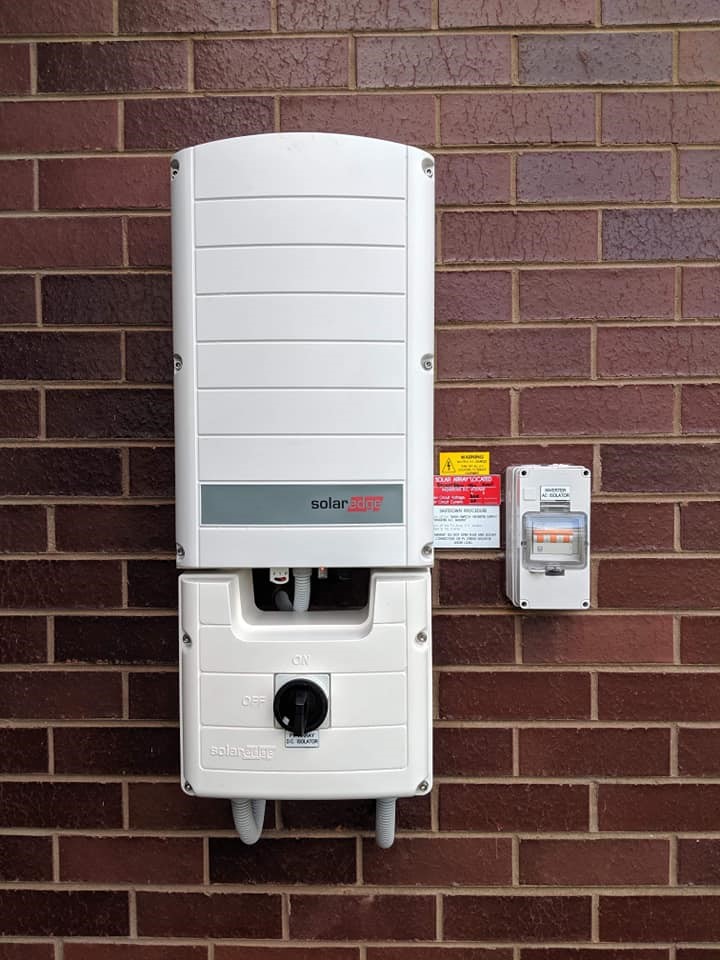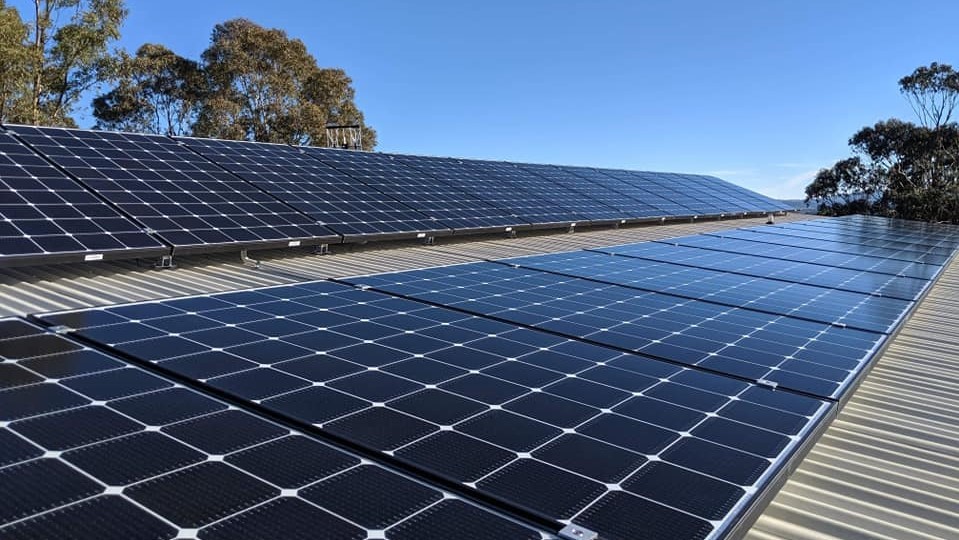What is an inverter and how does it work in the solar system?
A solar system is made up of several key components, with inverters being one of them.
When your solar photovoltaic (PV) system absorbs the sun light, it produces direct current (DC) energy. However, as most homes use alternating current (AC) energy, DC energy on its own is not useful.
A solar inverter plays the very important role of converting the electricity produced by your solar panels into a form that can be used by your home. In other words, it turns the DC energy into AC energy, which is then channelled into your home to power your lights, appliances and other electronics.
If you produce more energy than you use, the excess electricity is fed back into the grid. Or, if you have home batteries set up, the extra power can be stored for later use. Some new hybrid inverters these days also come with an integrated battery management system.
It is important to note that solar systems for the Australian climate need high quality inverters. Many lower quality inverters have failed to last very long, with some functioning for only about two years.

The different types of solar inverters
There are three main types of inverters that are available in the market: string inverters, micro inverters, and DC optimisers.
String inverters
String inverters are most commonly used, as they are the most affordable option among the three types. In a solar system with a string inverter, all panels are linked together in a series. String inverters work well for installations where strings of panels can be placed on a single plane without any shading or obstruction, and can get consistent sunlight through the day.
The good:
- Ideal for homeowners looking for low cost solar systems
- Easy to maintain as they are normally placed in an easy-to-access location
- Oldest and more well-supported technology among the three
The bad:
- They work only as well as the weakest link in the chain
- Even if just one panel is partly shaded, the performance of all the panels will drop
- If one panel fails, the whole system ceases to function
Micro inverters
Micro inverters work by having a smaller or mini inverter installed on each individual solar panel. Each of these mini inverters not only convert the DC energy to AC energy right there and then, but they are also able to manage grid connection. Micro inverters are a great solution for shading issues, as each panel perform individually and will not affect the others. As such, they work well for complicated roofs with chimneys or other objects that can obstruct sunlight.
The good:
- Individual panels perform unaffected by the others
- Even if one panel fails, the others will continue to generate power
- The performance of individual panels can be monitored
The bad:
- They cost a lot more than string inverters
- Maintenance and repair can be difficult, as they are located on the roof
DC optimisers
DC optimisers, also known as power optimisers, are the newest of all three inverter types. They are somewhat like a combination of string inverters and micro inverters. DC optimisers can be selectively installed to individual panels on a string inverter that are affected by shade. The optimisers will then prevent the shaded panels from affecting the overall performance of the entire string.
The good:
- Cost less than micro inverters
- Can still produce significant energy even when some panels are not performing well
- Each panel can be monitored
The bad:
- Cost more than a system with just a string inverter
- Like micro inverters, maintenance and repair can be difficult
So which inverter should you go for?
It can be difficult to decide on the best inverter, as there are many conditions to take into consideration. Some installations work better with micro inverters, while some work better with optimisers. And in some cases, a standard string inverter system is a good option.
For expert advice on which inverter would work best for you, get in touch with us today. Call 03 9729 0894 or submit your enquiry for a free quote.


